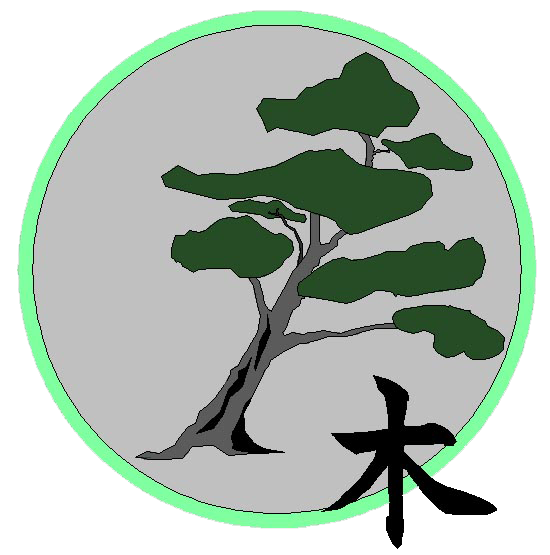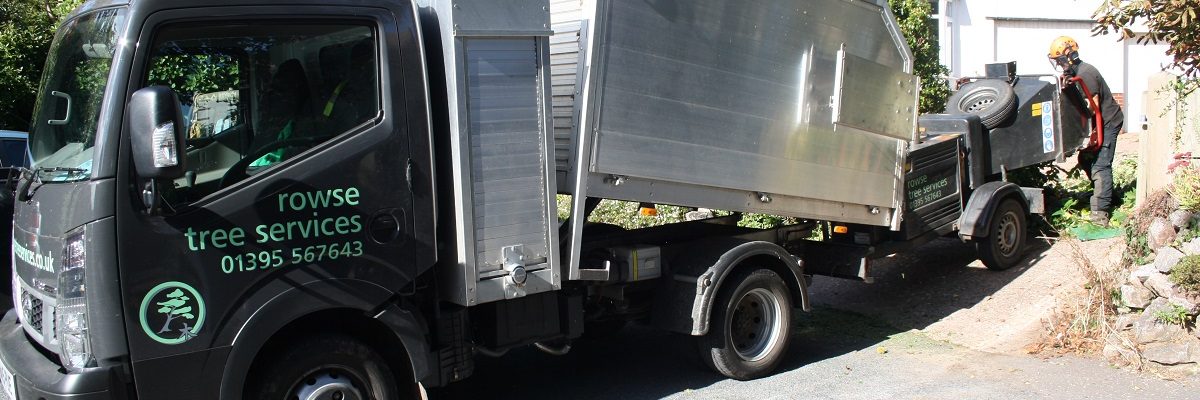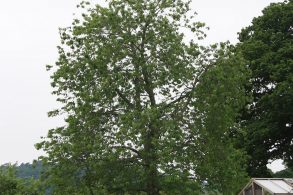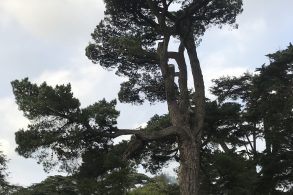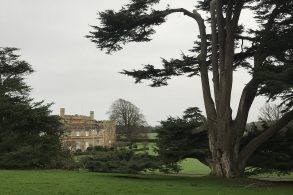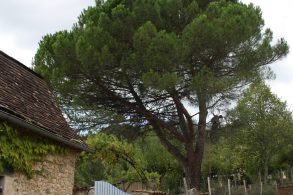Tree surgery
Tree surgery is carried out because of health and safety, space requirements or aesthetic reasons. There are national standards covering the best practice of the work including BS3998:2010 British Standard Recommendations for Tree Work and the European Tree Pruning Guide. When a tree is pruned to these standards it has the best chance of recovering and staying healthy.
It is very easy to prune far too much from a tree with the end result being a mass of prolific re-growth that can make shading worse as well as destroying aesthetics of the tree. This dense growth, as a result of bad pruning, can be seen where all form is lost and it becomes a misshapen blob.
The branches that grow from the lopped points are generally weakly attached in comparison to normal branches and if allowed to grow away this will be where the branch is most likely to break. Where a tree is pruned too heavily there are many large wounds which the tree has to defend by producing chemicals to prevent decay organisms. Healthy trees are capable of compartmentalisation providing that they are pruned in the correct way and the wound is not too large. A lot of tree surgery work can be carried out using hand saws which give a more accurate cut, cleaner, smaller wound and is quiet.
As trees mature some branches die back. This dead wood can be a hazard if it drops on roads, pavements of gardens and should be removed, together with any split branches or diseased wood, however, where is it unlikely to be a problem it should be left as a habitat for mammals, birds and insects.
Crown lifting is where the lower branches are removed to allow access beneath the tree. It is important not to take too many off which will leave the tree unbalanced both aesthetically and practically as it can make the tree top heavy in high winds.
Crown thinning if a tree is blocking light from your windows or garden it is possible to thin out the crown to allow more light to filter through, leaving the tree the same shape.
Crown reduction – Some trees out-grow their situation, for example between two houses. The crown can be reduced in size whilst keeping it an attractive shape. This is carried out by cutting back to a side branch to retain a flowing branch outline without leaving stumps. All cuts should be made to the branch bark ridge or branch collar.
